16 November, 2017
Aidan Calvelli and Sam Ashworth-Hayes
Share
One in, X out: a push and a nudge towards better regulation.
Grover Norquist is not a fan of big government. Arguably the best statement of the pugnacious American’s philosophy is that he doesn’t “want to abolish government. I simply want to reduce it to the size where I can drag it into the bathroom and drown it in the bathtub”.
You don’t need to agree with the scale of his ambition to think that government could sometimes do with a little pruning. Regulations are not created to choke businesses, but sometimes individually sensible measures can pile up and create a burden that outweighs their benefits.
The adoption of ‘one in, X out’ rules is one of many ways that governments have tried to cut back red tape; for each new regulation a government brings in, it must remove X existing rules from the books.
Seven countries – including the US and UK – have tried these rules, sometimes supplementing them with the added requirement that costs brought in by the new regulation must be offset by the savings from removing the X old rules.
In Canada, for instance, if a new regulation would cost $5 million a year, at least one regulation must be removed, with savings totaling $5 million. In the UK, a rule costing £5 million must see regulations cut saving £15 million.
All four countries that have reviewed their one-in, x-out rules have found that they succeeded in reducing costs. But as any economist can tell you, however, there ain’t no such thing as a free lunch. The savings above only reflect a narrow definition of costs, not the broader economic and social impacts of regulation. In the UK, the National Audit Office has been decidedly ambivalent, noting that the government can’t demonstrate that the scheme is value for money.
The most interesting conclusion from these experiments might be political. Only one left of centre government has implemented or considered a one-in, X-out rule. The majority – like Norquist – sit on the ideological right. While this might be philosophically consistent, why implement a one in, X out scheme when you can just take an axe to regulation? One explanation is that this is easier said than done. Bureaucrats generally want to expand their authority, not contract it.
One in, X out schemes can provide a nudge for government agencies to change this behaviour by forcing them to consider the costs of new and existing rules.
The simple metric provided puts the agencies effort at cutting red tape on display, increasing the incentive to cut down on unnecessary costs.
One in, X out rules provide a legislative “push” by mandating a set number of regulations to be removed, and a behavioral “nudge” of changing the regulatory culture within agencies. Together, these can ease a bureaucracy into a deregulatory stance. Whether or not that’s a good thing is up to the government to decide.
Source: Article written by The Behaviouralist co-founder Robert Hahn.

